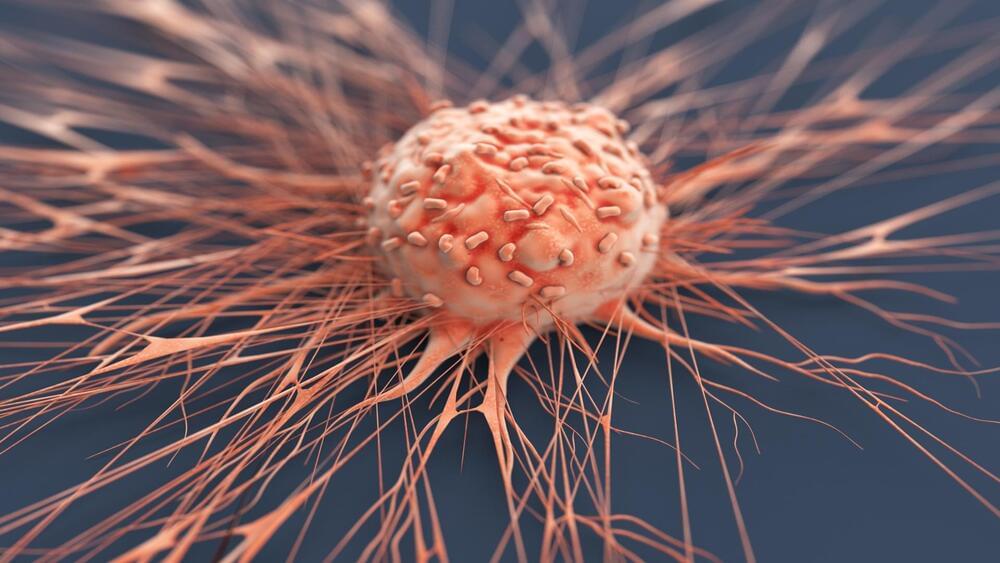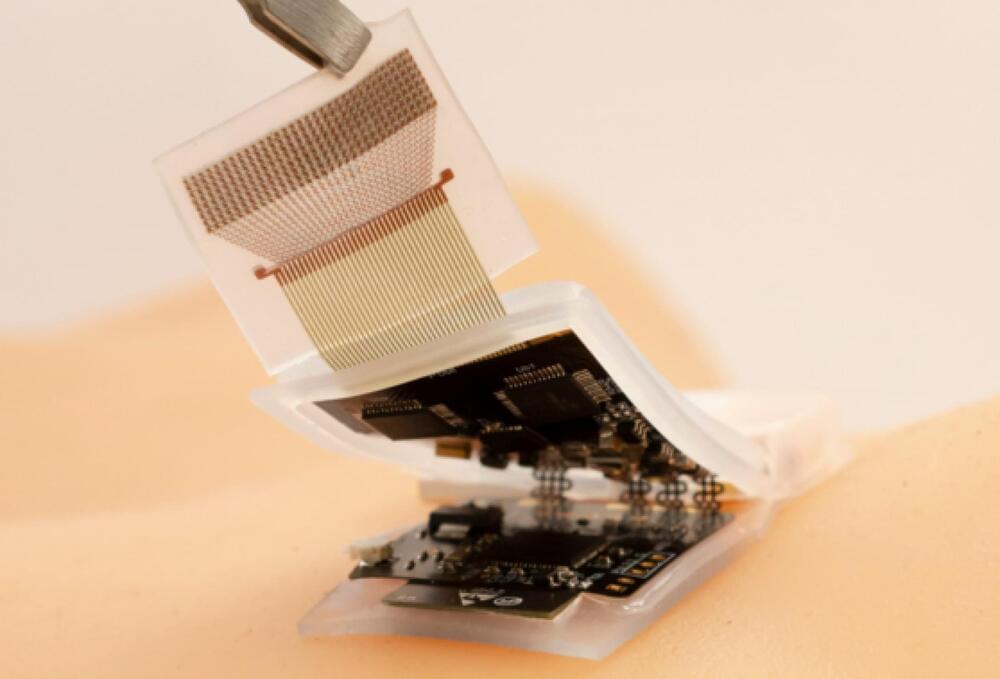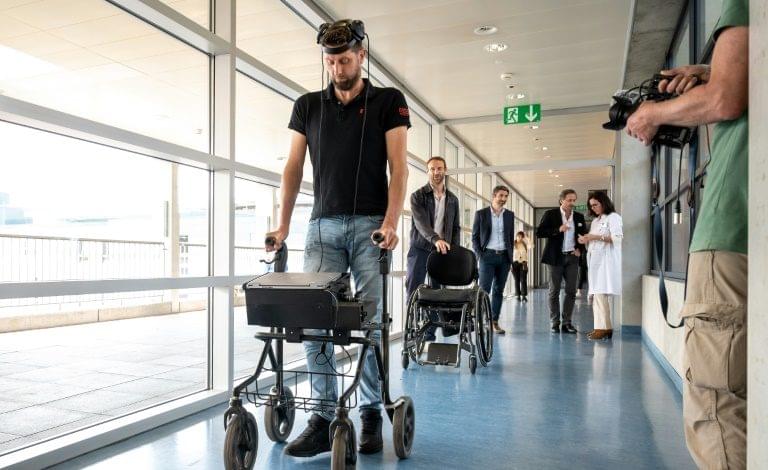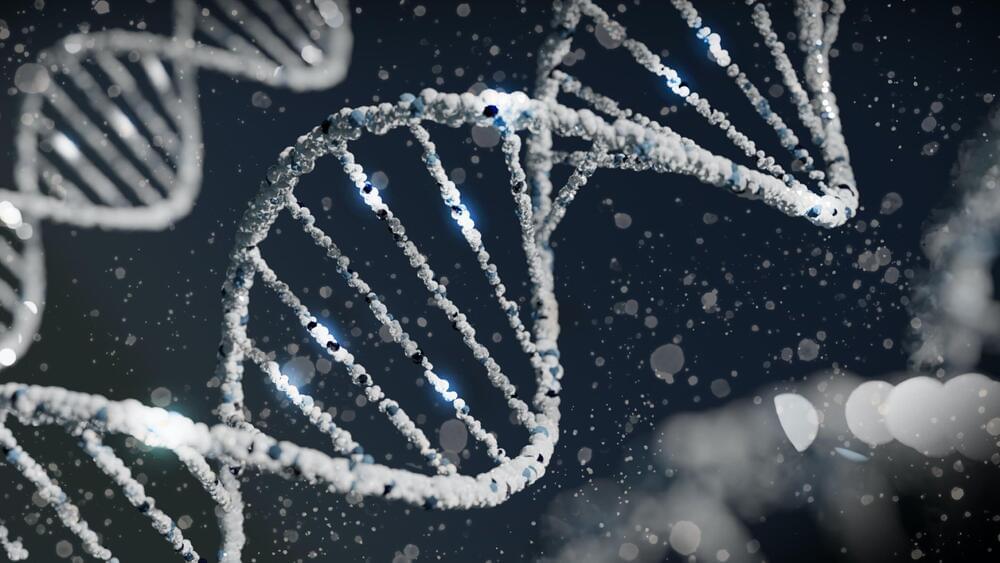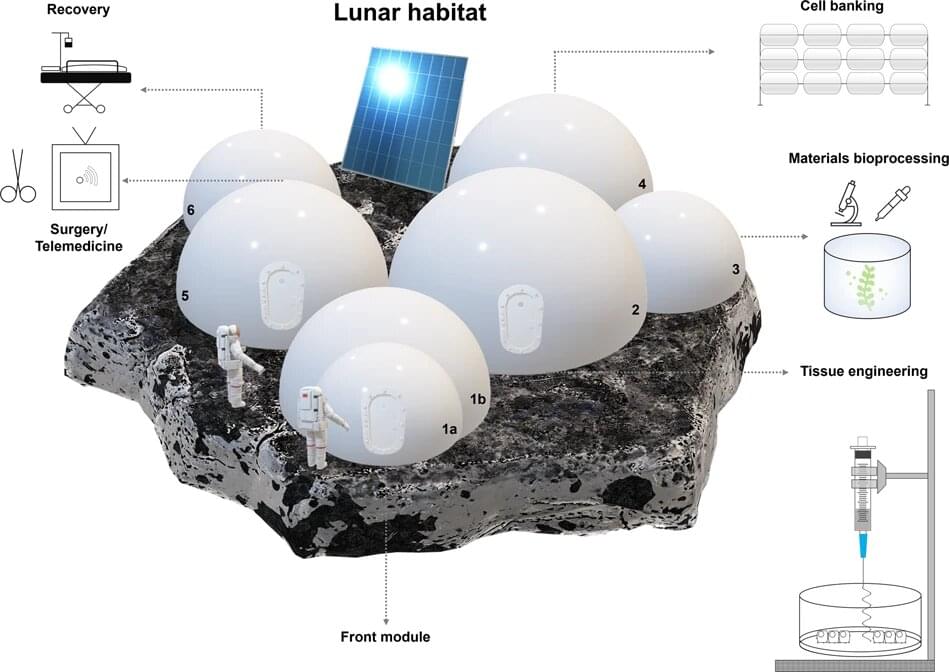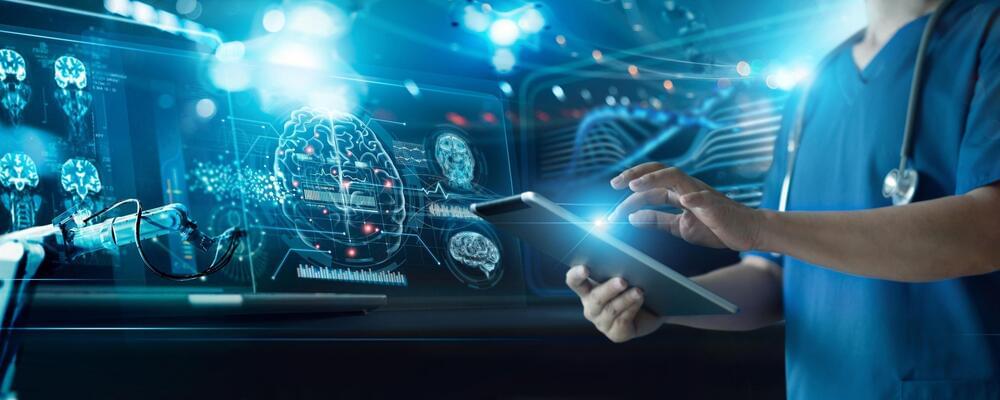In short blood dilution is very, very good for you.
In this talk, Dr. Irina Conboy discusses the role of repair and regeneration in lifespan and healthspan, contending that these factors, rather than entropy and time progression, truly govern our aging process. She describes the research her team is pursuing, investigating whether improving the efficiency of bodily repair in older individuals could effectively make them younger. She suggests that biological age could potentially be reversed and discusses heterochronic parabiosis and plasma dilution as potential ways to accomplish that. Conboy highlights recent research suggesting that old blood has a greater impact on cellular health and function than young blood. She presents her team’s experimental research on the rejuvenation effects of plasma dilution, demonstrating its significant impact on reducing senescence, neuroinflammation, and promoting neurogenesis in the brains of old mice.
00:00:00 — Importance of repair and regeneration in aging.
00:04:45 — Young blood vs. old blood, heterochronic parabiosis.
00:10:17 — Plasma dilution is key.
00:15:49 — Kiana Aran’s blood heterochronicity on a chip.
00:17:56 — The role of senescence in parabiosis and blood exchange.
00:27:53 — Measurements of biological age.
00:36:57 — Systemic calibration is globally rejuvenative.
00:37:30 — Conclusions.
About the Speaker:
Irina Conboy is a Professor at the University of California, Berkeley in the Department of Bioengineering. Her discovery of the rejuvenating effects of young blood through parabiosis in a seminal paper published in Nature in 2005 paved the way for a thriving field of rejuvenation biology. The Conboy lab currently focuses on broad rejuvenation of tissue maintenance and repair, stem cell niche engineering, elucidating the mechanisms underlying muscle stem cell aging, directed organogenesis, and making CRISPR a therapeutic reality.
FOLLOW US
